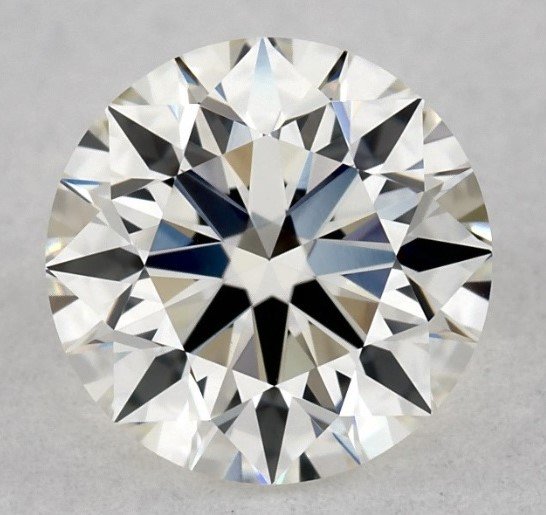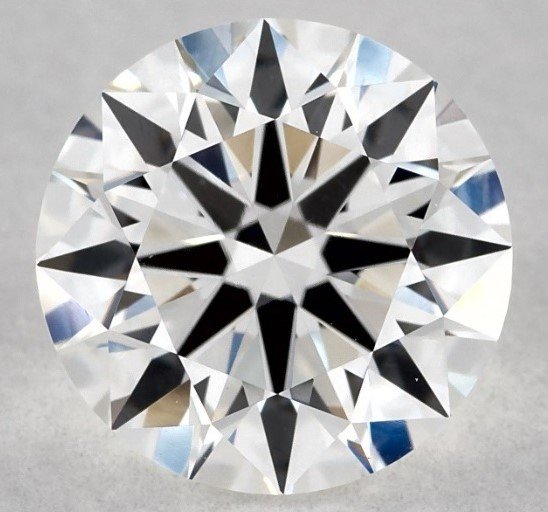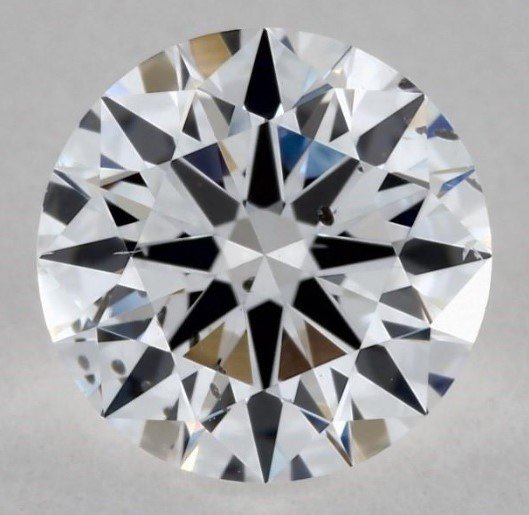What are Diamond Inclusions?
The second most important factor in determining the worth of a diamond, Clarity, refers to the number of inclusions found within a diamond and their location and color. While most people are familiar with the basic terminology that corresponds with Clarity, this series will provide greater detail as to what is lurking within the intricate structure of your diamond.
Types of DIAMOND INCLUSIONS
Many types of inclusions and blemishes contribute to a diamond's Clarity. These can be both internal and external. If the inclusion is internal, it was caused by a solid, liquid, or gas trapped within the diamond structure while it was being formed. So, instead of having a perfect crystal structure, there's something else in the way. The inclusion can even be another diamond trapped inside. Whatever its composition, though, the net effect is that it produces an obstruction to the light rays entering and leaving the diamond. As such, not only can it be a physical imperfection, it can also hinder the diamond's reflective properties.
Crystals or Minerals - Internal
Cavities - External
Clouds - Internal
Feathers - Internal
Knots - External
Bearding - External
Graining - Internal
Pinpoint - Internal
Laser lines - Internal
Twinning Wisp - Internal
While all these different categories describe the type of inclusion, which are all naturally made except for Laser Lines, the important thing to remember is that they do not affect the structural integrity of the diamond. As stated above, what they affect is the diamond's ability to reflect light.
To simplify this, let's imagine a hallway between two rooms. One room has a powerful light and the other doesn't. If the hallway is clear, the light will travel from one room to the other with virtually no diminishment of its intensity. Now, if you add something to the hallway, let's say a desk, a box, whatever, what effect does that have on the light? The introduced object will cast a shadow and physically block some light from reaching the other room. That is the exact same effect that inclusions have within a diamond.
A DEEPER LOOK AT DIAMOND INCLUSIONS
While we know what the various types of inclusions are called, what are they exactly? Below you can find more information on each type of inclusion, as well as some insight into how they were created.
Pinpoint: A Pinpoint is a microscopic spec of material that is not from the same diamond. This can be anything really; a mineral, a speck of dust, even another diamond. The net result, as the name suggests, is a Pinpoint. If there is a grouping of Pinpoints, that is referred to as another type of inclusion, a Cloud.
Knots: A knot is basically a Pinpoint inclusion that has reached the surface. As such, it is made up of a different crystal or diamond. Like a knot on a piece of wood, there can be a natural beauty to this feature. Plus, the embedded crystal can be anything really, so it can have any color as well. All in all, though, try to avoid Knots.
Feather: One of the few inclusions that can compromise the diamond's integrity, a feather is simply an internal crack. More like a chasm or a void in the growth, there shouldn't be a problem as long as the crack is found internally. If it is located towards the edge of the diamond or close to a girdle, the possibility exists that it can damage the diamond. They are easy to spot as they do look like feathers.
Twinning Wisp: A Twinning Wisp is the result of a delay in the diamond’s crystalline growth. The most popular analogy would be stretch marks on a human's skin or the rings in a tree's trunk. If the crystal structure had grown completely uninterrupted, it wouldn't exist. But, because there was a stoppage, you have a series of tiny little clouds, feathers, and pinpoints from the start-stop process. This irregular internal growth can come across as straight lines as well, which is referred to as Graining.
Laser Drill Line: A Laser Drill Line is one of the few inclusions that is man-made. Basically, while the jeweler is cutting the diamond, he drills a tiny laser pinhole to reach in and remove another inclusion (usually something black and/or darker). The resulting Laser Drill Line is invisible to the eye.
Bearding: While commonly considered an inclusion, Bearding is really more of a blemish as it is man-made. Bearding occurs during the cutting process as the diamond is ground down into its round shape. As the grinder smoothes out the diamond, too much pressure is applied to the surface. The result is a series of scratches. Usually, Bearding can be hidden given the mounting style.
This overview should give you a better understanding of Inclusions and how they affect your future diamond. Note that while inclusions make up a large percentage of Clarity issues, Blemishes are also important and have their own specific characteristics.
LOOKING FOR AN ENGAGEMENT RING?
Would you like us to help you with your diamond ring search? Contact us, and we will walk you through all the nuances that make buying an engagement ring daunting with our one-on-one help.











